Mark Fry | Interview | “Dreaming With Alice”
Mark Fry was only 19 years old when he recorded his debut album ’Dreaming With Alice’ for RCA in Italy in 1971.
His album is regarded as an acid folk masterpiece by many music lovers around the world. Mark Fry is still active in music by releasing other albums years later and in the meantime he’s also a painter. In the following interview Ross Beattie tried to find out more about the making of ’Dreaming With Alice’.
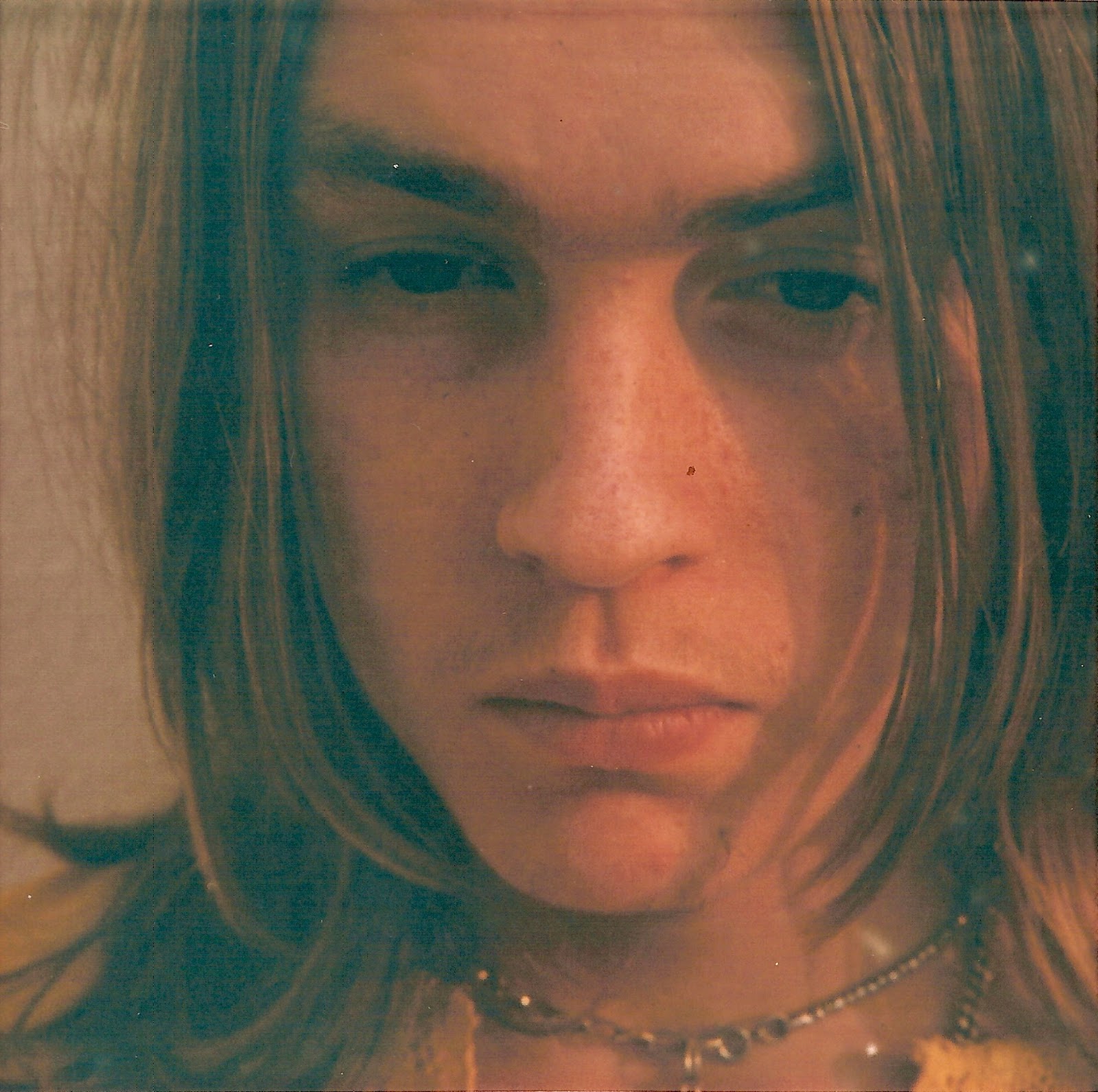
“Songwriting process is very like painting”
How is the preparation going for your upcoming art exhibition and can you tell us about what is involved?
Mark Fry: Putting an exhibition of paintings together is not a million miles away from recording a new album of songs. I work very slowly on both and try to be as rigorous as I can in the process of self-editing. Just because you’ve spent months and months creating something it doesn’t mean it’s necessarily any good. At least half of what I do never sees the light of day, paintings get painted over, songs get ditched. It’s a long and painstaking process.
How closely are the art forms of painting and making music related for you
Over the years, the more my paintings have leant towards abstraction, the closer the two strings to my bow have become. Music is an abstract form in itself, and although we listen to music in a myriad of different ways, there is also a visual language to help us interpret the structures in music. This upcoming exhibition of paintings is a kind of exploration of those different visual languages we use to help us navigate information, whether it be maps, architectural drawings, circuit boards, dance notation or counting beads. The different ways we convey information visually has kept me preoccupied in the painting studio for quite some time now.
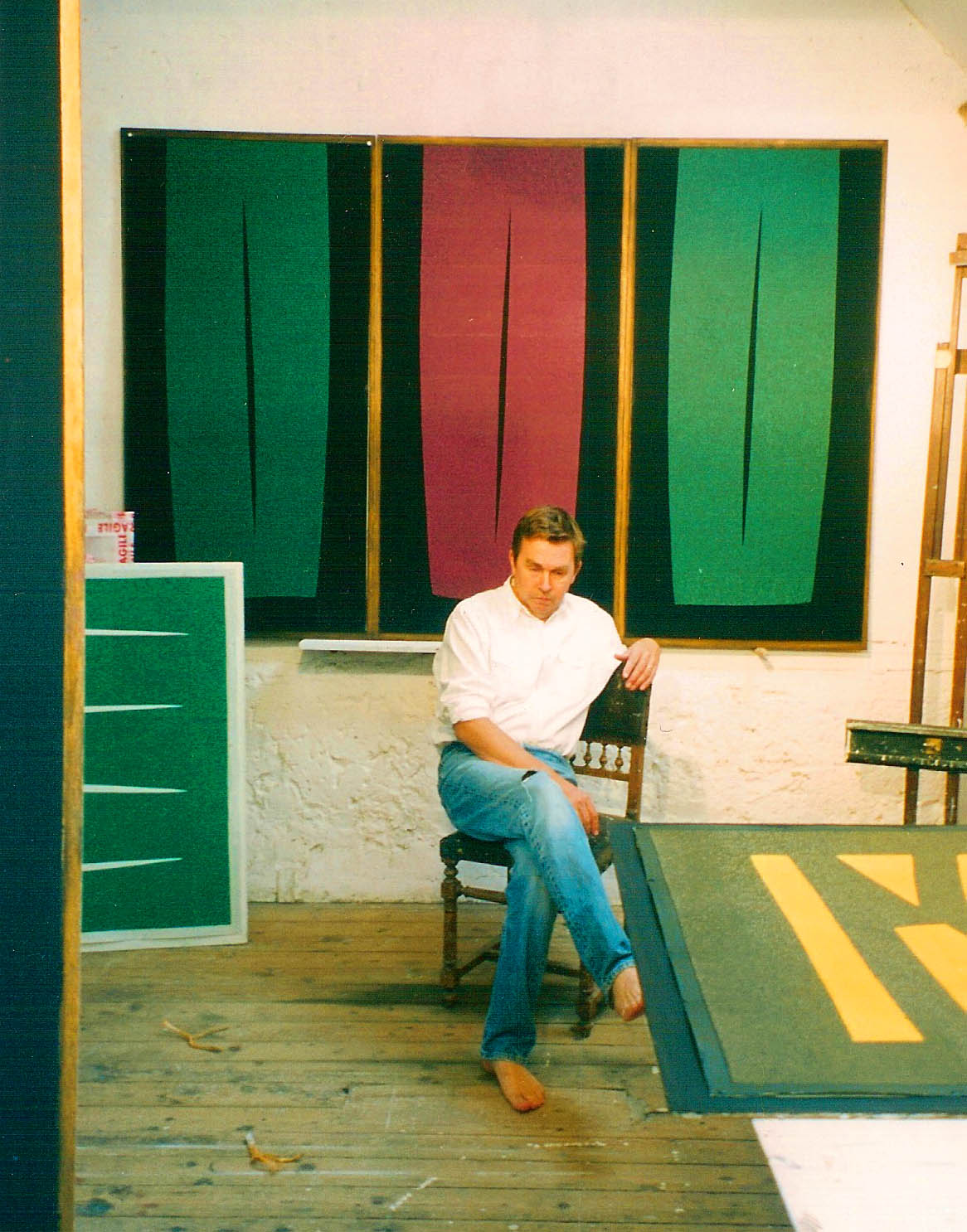
Can you tell us how making ‘Dreaming With Alice’ came about?
Far away and long ago I was a young art student in Italy, having enrolled at the Accademia delle belle Arti in Florence in the autumn of 1969. I had just left school in England, and although Dartington Hall was very progressive in its educational philosophy for the time, it was nonetheless an institution, and I could not wait to be free, to leave England and head for Italy – a place I already had a deep affection for, having spent much of my childhood there.
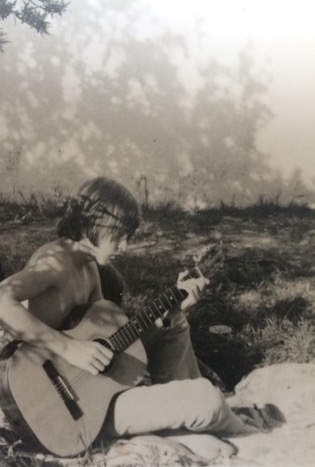
Politically, Italy was not in a good way in 1969. There was almost palpable unrest and strikes were a daily occurrence. The art school itself was often on strike, or otherwise closed in order to celebrate one of Italy’s many saints’ days. We were lucky to find it open for more than three days a week. I soon became frustrated, and felt I was missing out on being in this wonderful country, and so after a few months decided to leave the art school and devote more time to my music.
I was lucky enough to be living in a beautiful palace in the middle of Florence at the time. The family who lived there were old friends of my father, and the youngest daughter, Laura Papi, encouraged me to write more songs, enough to record an album. In early 1970 Laura took me down to Rome, having set up an interview with RCA Italy. I had a very formal and slightly tense audition with men in suits and ties. I remember being perched on the edge of a big leatherette chair and playing some of my songs. I was then ushered out of the room and told to wait. Eventually the door reopened and I was offered a ten-year contract with IT Dischi, a subsidiary label of RCA Rome. It was very exciting and heady stuff being offered a record contract, but by the same token ten years when you’re nineteen feels like a lifetime.
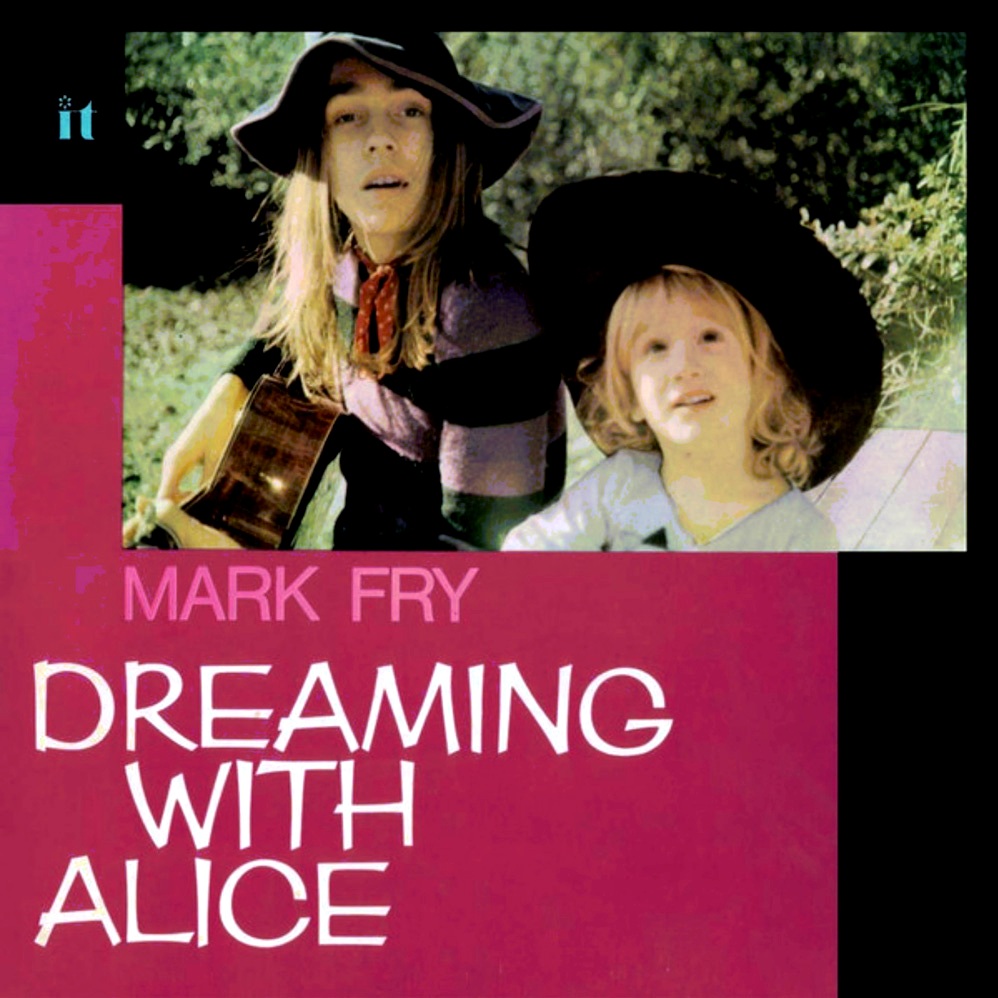
A few months later I began recording in one of RCA’s studios in the suburbs of Rome. It went badly to begin with. I was riding down to Rome twice a week from Florence with my guitar strapped to the back of my Ducati motorbike. When I arrived at the studios my hands were very cramped from the journey and my guitar almost impossible to tune. On top of that I had absolutely no experience whatsoever of recording studios, and found it difficult singing in tune with headphones on. It was a fair old disaster. However IT Dischi kept their belief in the project and finally put me together with some Scottish musicians who were in Rome at the time doing session work for RCA (I think while they plotted ways of getting back to Glasgow). They had a little home studio in their basement flat, and we made ’Dreaming With Alice’ on a couple of 4-track Revox tape recorders over the space of a week or two. I have often been asked who these mysterious Scottish musicians were, and strange as it sounds I’m pretty sure now that they were the band that went on to become ’Middle Of The Road’.
“‘The Witch’ was written in Florence in her family’s palazzo while coming off an LSD trip”
Would you share your insight on some of the album’s tracks?
I remember writing the principal track, ’Dreaming With Alice,’ in a hotel room in Calabria. Laura wanted to show me some of the wilder regions of Italy, and we were on our way down to Sicily. ‘The Witch’ was written in Florence in her family’s palazzo while coming off an LSD trip. I was feeling rather alone and paranoid, and that song was born out of that sense of alienation. I often can’t remember writing songs, in the same way I can’t actually remember painting paintings. It’s all a bit of a mystery.
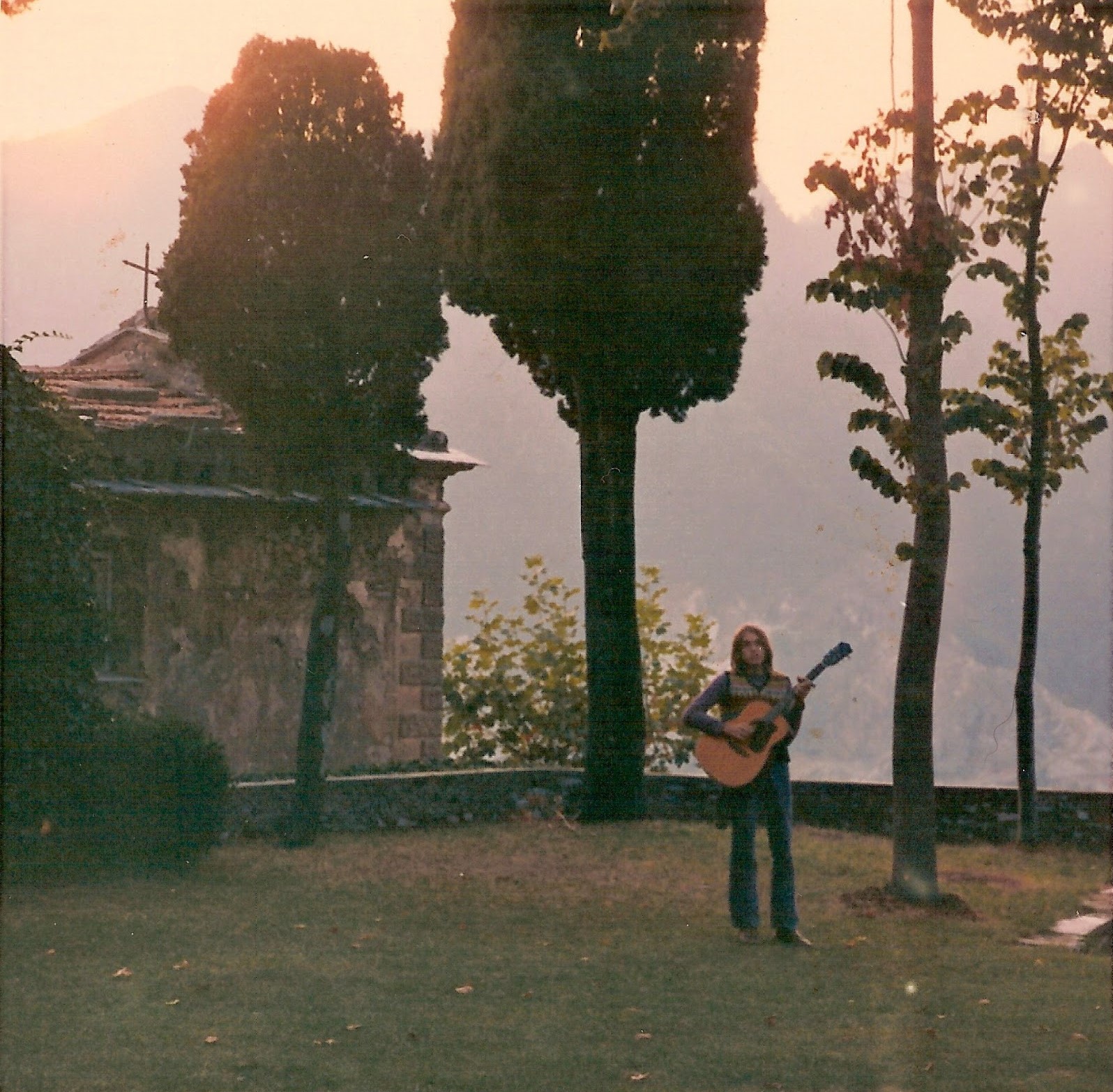
Who were some major influences?
There were so many musical influences at the time. Evenings and weekends at school were largely taken up with listening to the latest releases. I was very into The Kinks, early Floyd, The Small Faces, Leonard Cohen, Crosby Stills Nash and Young, a potpourri of artists. All my girlfriends were heavily into Dylan, so I kind of went out of my way not to listen to him too much, but of course some of his songs inevitably broke through my ridiculous teenage prejudices. ’Leopard Skin Pillbox Hat’ and ’Visions of Johanna’ were often on my mind, but it was the arrival of ’Sgt. Pepper’s Lonely Heart Club Band’ that all blew us away, we hadn’t heard anything quite as far out and as inventive as this.
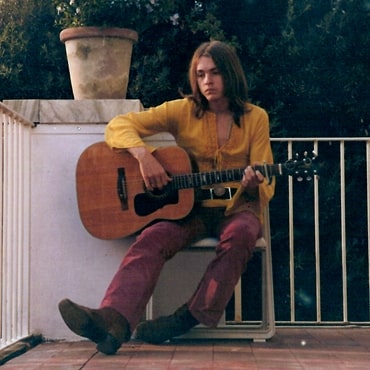
Looking back and trying to trace the influences on ’Dreaming With Alice,’ I see now that they were as much literary as musical. The Lion, The Witch and The Wardrobe by C.S Lewis and Jonathan Miller’s 1966 adaptation of Alice Through The Looking Glass for the BBC must have had a subliminal influence on my songwriting at the time, although I confess I have never actually read the Alice stories from cover to cover… maybe that was a good thing at the time, in that the idea of Alice was filtered and distorted as she came down through alternative routes. The paintings of the Pre-Raphaelites were very popular at the time: Holman Hunt’s painting of Ophelia is quite psychedelic in its way.
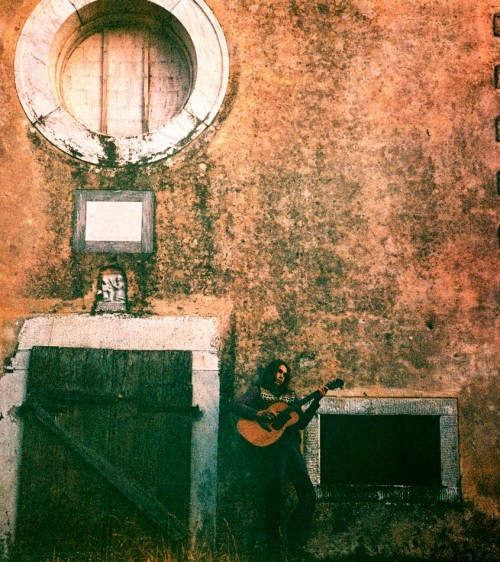
Can you give us an insight into your songwriting process?
It’s very like painting, you start with a completely blank canvas and try and break into the space and make something. Subject matter is very elusive, at least I think it should be so, because it is that very elusiveness that you are trying to capture. Work is often put aside for long periods of time because I may feel I’m onto something but can’t find a truthful way to move it forward. That’s the time to let things sit, let things settle, and at a later stage, with luck, you can then take things by surprise and bring the song or painting to a conclusion.
Did the use of psychedelics impact your music?
Not hugely, I quickly got rather bored with hallucinogens, they seemed to repeat themselves, whereas real life was endlessly coming up with surprises.
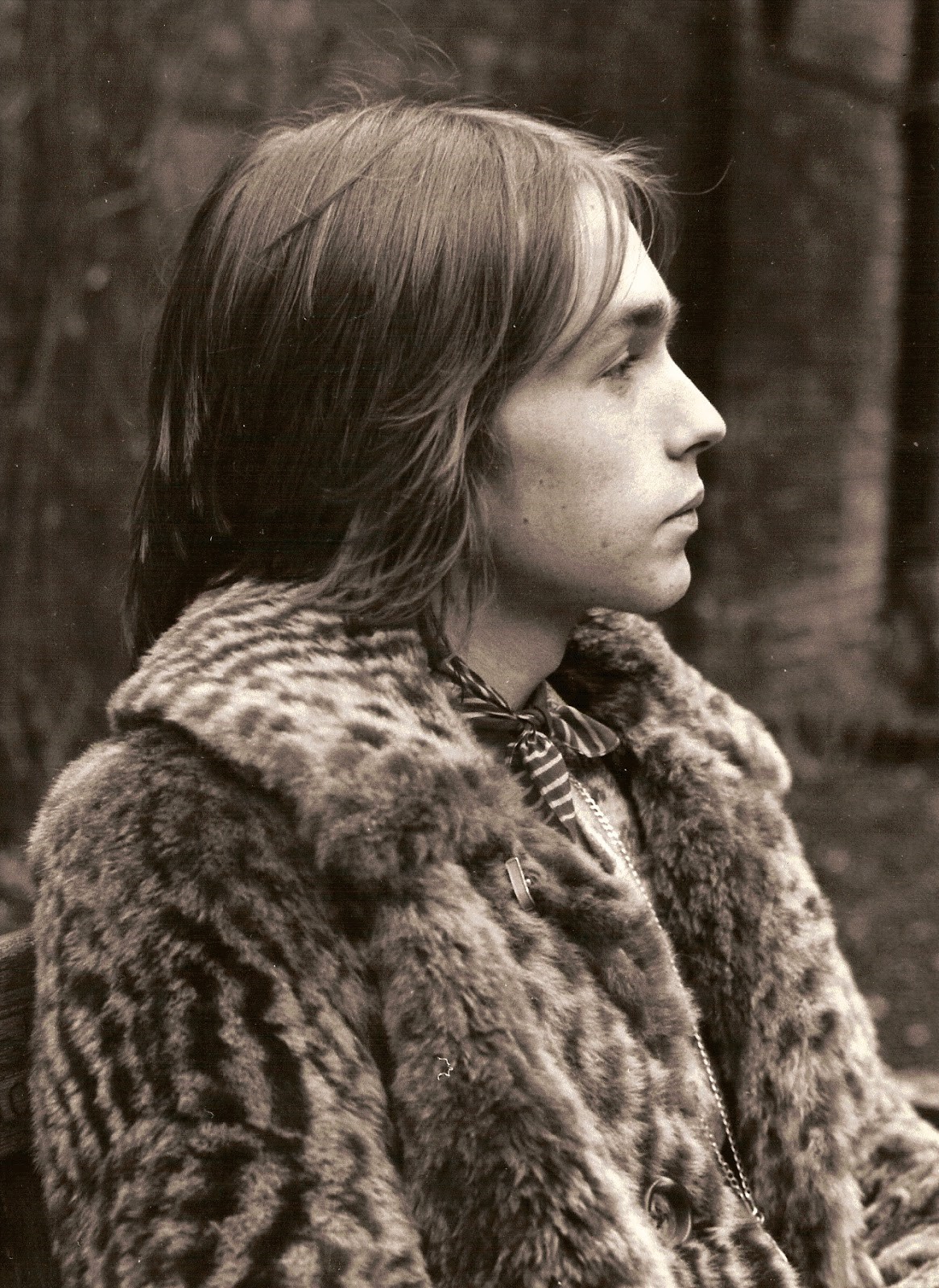
Were there many lesser known folkies in your circle around the “Alice” times that inspired you or that you have found memories of?
I have never really thought of myself as a folkie, the closest I got to being turned on by British folk at the time was listening to Bert Jansch. He had something very special, his music ached with a melancholia and sadness I could sort of recognise, having just lost my mother at the age of sixteen. I was much more influenced by American folk really, Leadbelly, Woody Guthrie etc, that seemed to me to be so much rawer, grander and more wild, they didn’t sing about fair maidens, they were riding around on freight trains and getting thrown into jail.
What was it like going back into the studio in 2008 to make your second album Shooting The Moon?
Not easy. I hadn’t been in a studio since 1980 and things had moved on quite considerably since then. I put together a little recording studio next to my painting studio in France. I grappled with the manual of my Yamaha AW1600 recorder, and after many months of trial and error finally got to grips with digital recording. I laid down all the basic tracks at home and then took them to a professional studio in London where the producer Nick Russell Pavier and I added on further instrumentation with other musicians.
Do you keep in much contact with the A Lords who you collaborated with on the 2011 album ’I Lived In Trees’?
We haven’t done any more work together since we made I Lived in Trees, but I still see Nick Palmer from time to time. Both Nick and Michael Tanner are extremely talented and interesting musicians, and it was a wonderful experience working with them, it got me out of my comfort zone and pushed me creatively in unexpected ways.
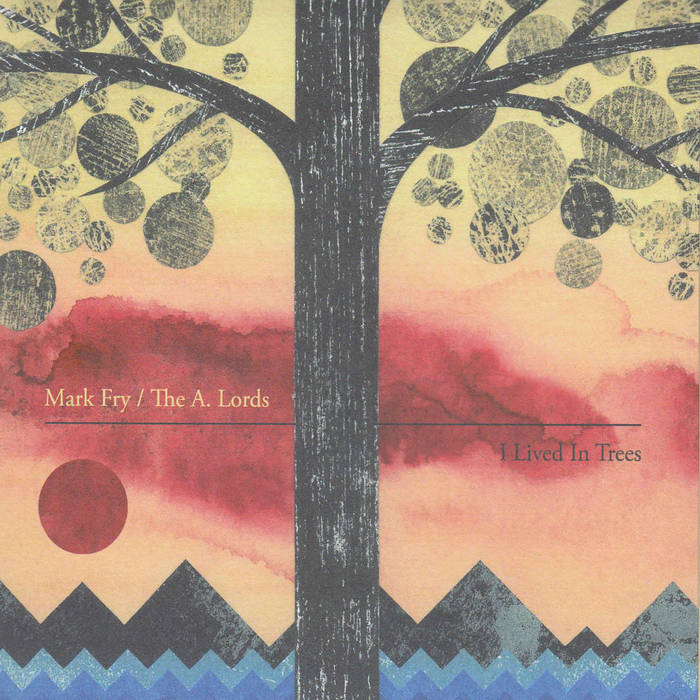
I was lucky enough to be in the crowd at Bush Hall when you first returned to a London stage in over 30 years, what are your memories of that night?
It was a great evening and an honour to be supporting Trembling Bells. Someone came up to me at the bar before we went on and asked me for my autograph, it turned out to be the guitarist of Trembling Bells, I was a little taken aback, I thought it should have been the other way around! Things happen at the bar before a gig. A few years ago I was in Chicago supporting Terry Reid at The Million Tongues festival, a guy sitting next to me on a bar stool turned to me and said he had always been a great fan of mine and would I mind if the bartender took a photo of us together, I said it would be my pleasure. He then said could I buy me a drink, I said I would be delighted if he bought me a drink, a few minutes later when we had downed our beers he turned to me, shook my hand vigorously and said “Thank you so much Terry, it’s been a great honour to meet you at last.”
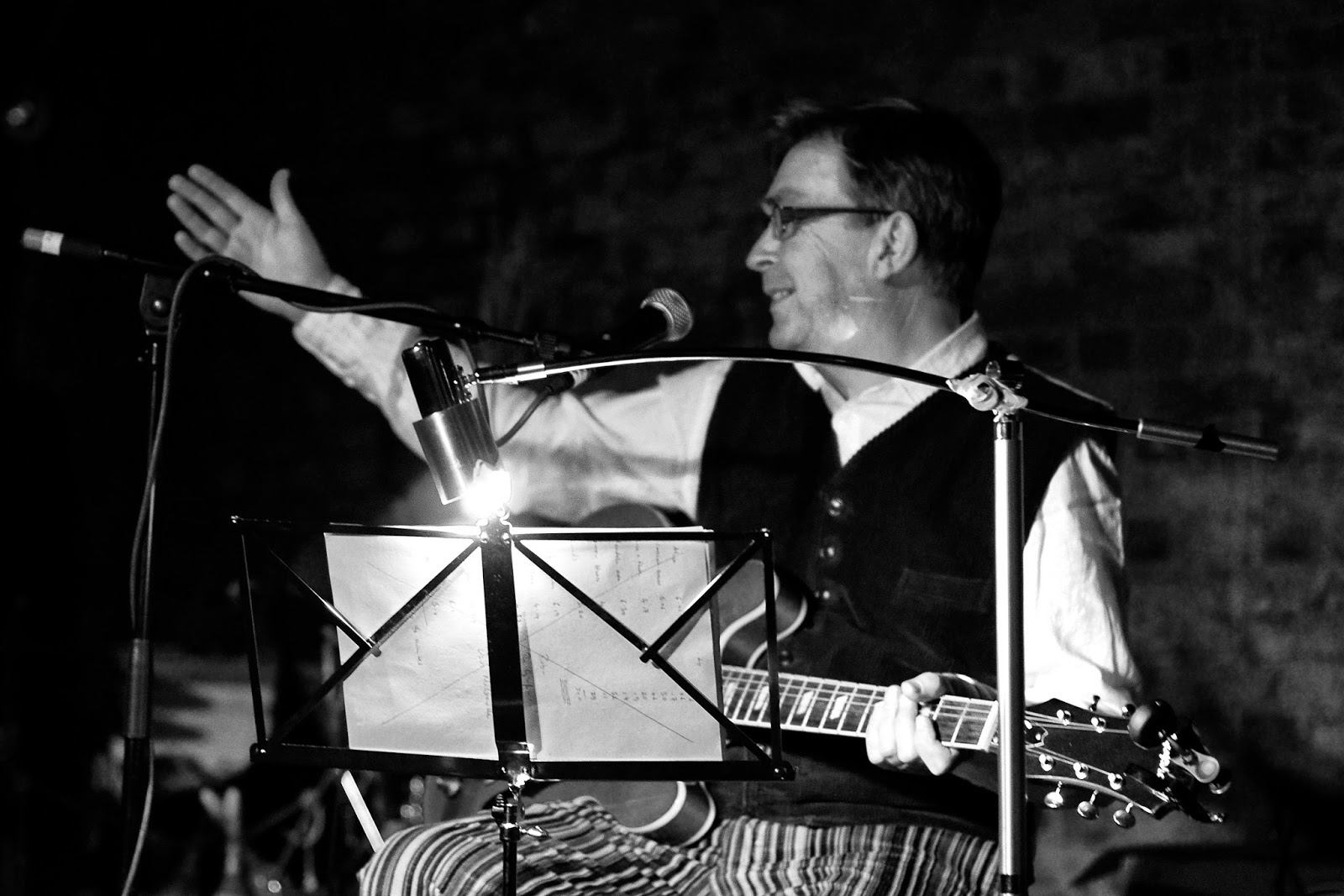
Tell us a bit about your latest album ’South Wind, Clear Sky’ and how you managed to get such a mellow atmosphere on the production?
Glen Johnson (of Piano Magic and the inspiration behind the label Second Language) thought I would benefit from letting a producer help me bring the songs to a conclusion in the studio. Guy Fixsen was brought in and I think from pretty early on we decided to give the songs a very light touch in terms of production to let them speak for themselves, no percussion, just a sprinkling of strings here and there and a little double bass, which was supplied by the wonderful John Parker (of Nizlopi). The songs on ’South Wind, Clear Sky’ were largely influenced by the life and writings of Antoine de St Exupéry, and as his life was mainly spent flying aeroplanes we wanted to keep it fairly airy in feel.
I bought a copy of your ’Live in Japan’ vinyl when I saw you play at St Mary’s church in Rotherhithe and think it is such a wonderful album! How was it for you to learn your following in Japan?
I had such a fantastic time in Japan, it had been a lifelong dream to go there anyway. I have always felt a great affinity with the Japanese aesthetic, so it was a real thrill to be invited to play a series of gigs in Tokyo and discover that I had quite a following over there. Ken Matsutani of Captain Trip Records had put together a wonderful group of musicians to back me up, we all got on like a house on fire and they brought something very special to the Alice songs. I had sent some of the tracks to Tokyo ahead of my arrival and so we hit the ground running. I think we had two three-hour rehearsals before we took to the stage. It was very sad saying goodbye to them all, you get very close to people sharing and playing music together. I’m really hoping to get back there again for a much longer period of time.
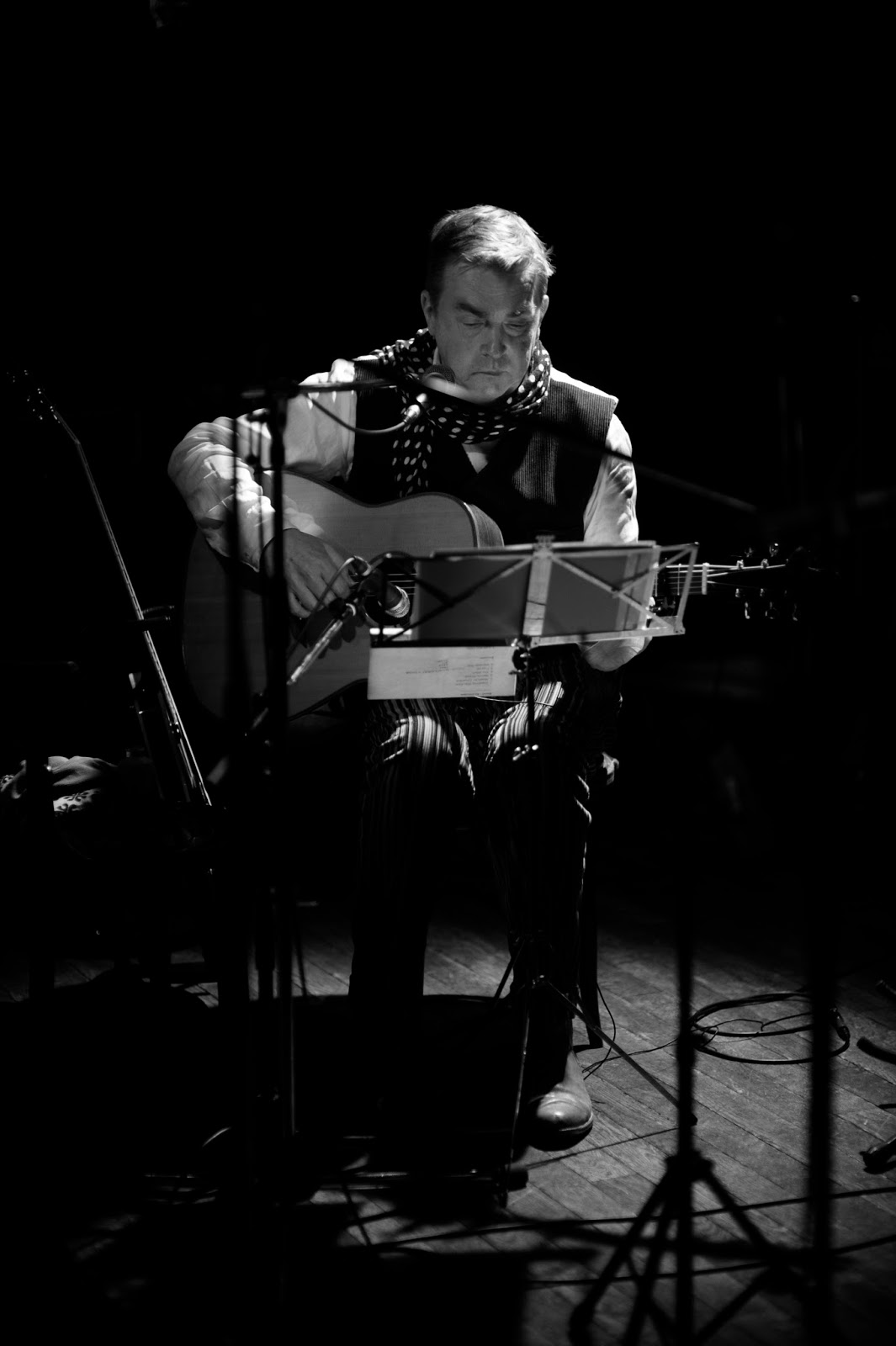
Are there any musicians you’d like to collaborate with if time and space wasn’t an issue?
I would have loved to have hung out with Ali Farka Touré in Mali. I spent some time in Mali in the very early 1980s and the music I came across there was a revelation. I bought a lot of cassettes from street hawkers, Baba Mall, Youssou N’dour and the Super Etoile de Dakar as well as Ali Farka Touré. I had my guitar with me, and everywhere I went was treated as a travelling griot. One evening I was asked to play a concert for a very famous Tuareg chief and his family and followers on the banks of the Niger river, just south of Timbuktu. It was, I admit, fairly nerve racking. I remember saying to my friend as our Land Rover bounced across the millet fields towards the encampment under a full moon “I think I’ve got tent fright!”
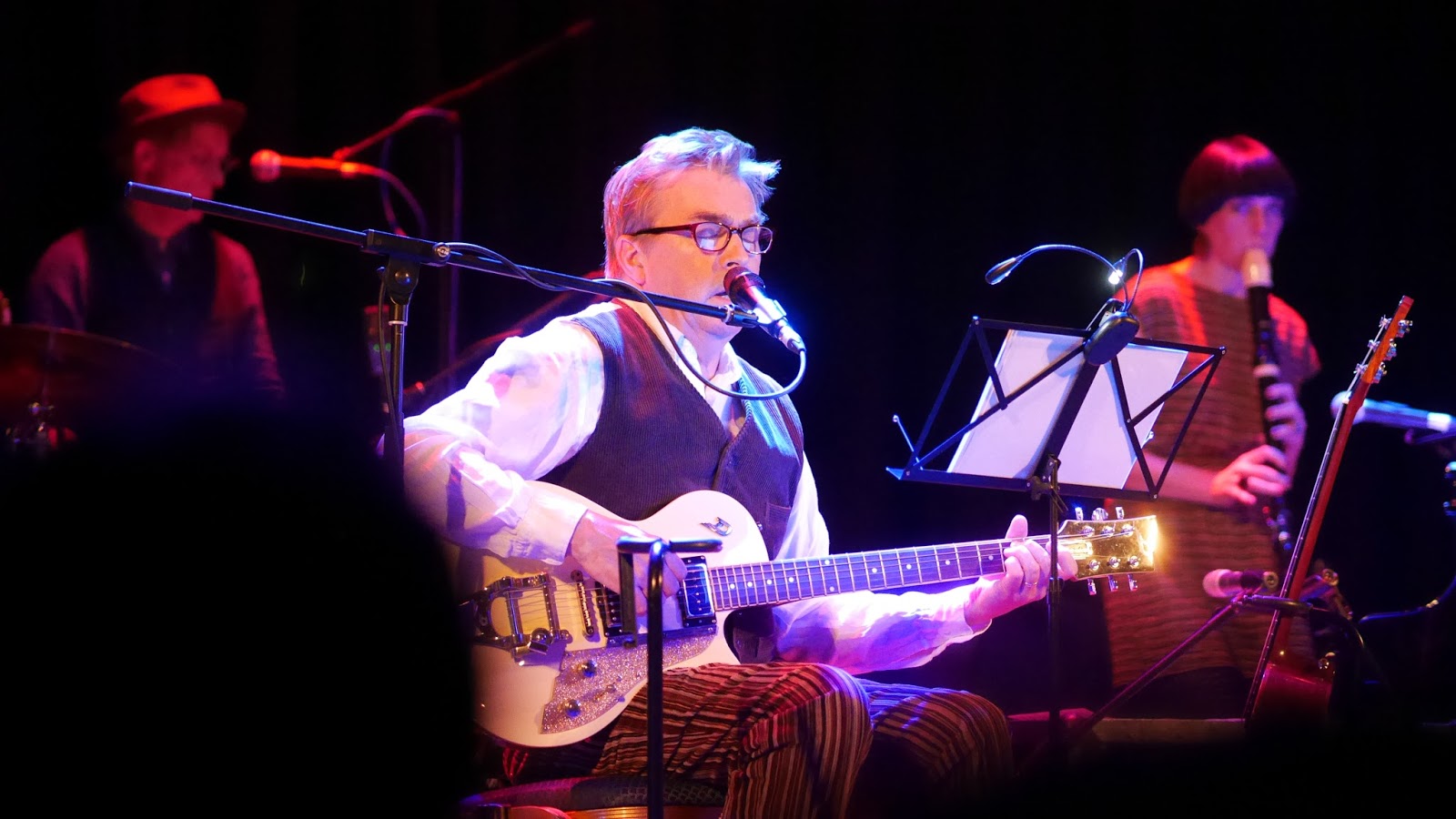
Do you have any new music heading our way anytime soon?
There will be another album at some point… I just have to get this exhibition behind me before getting back to the music.
Ross Beattie
Headline photo: Mark Fry near Carrara, Italy (1971) | Photo by Giorgio Cipriani
Mark Fry Official Website / Facebook


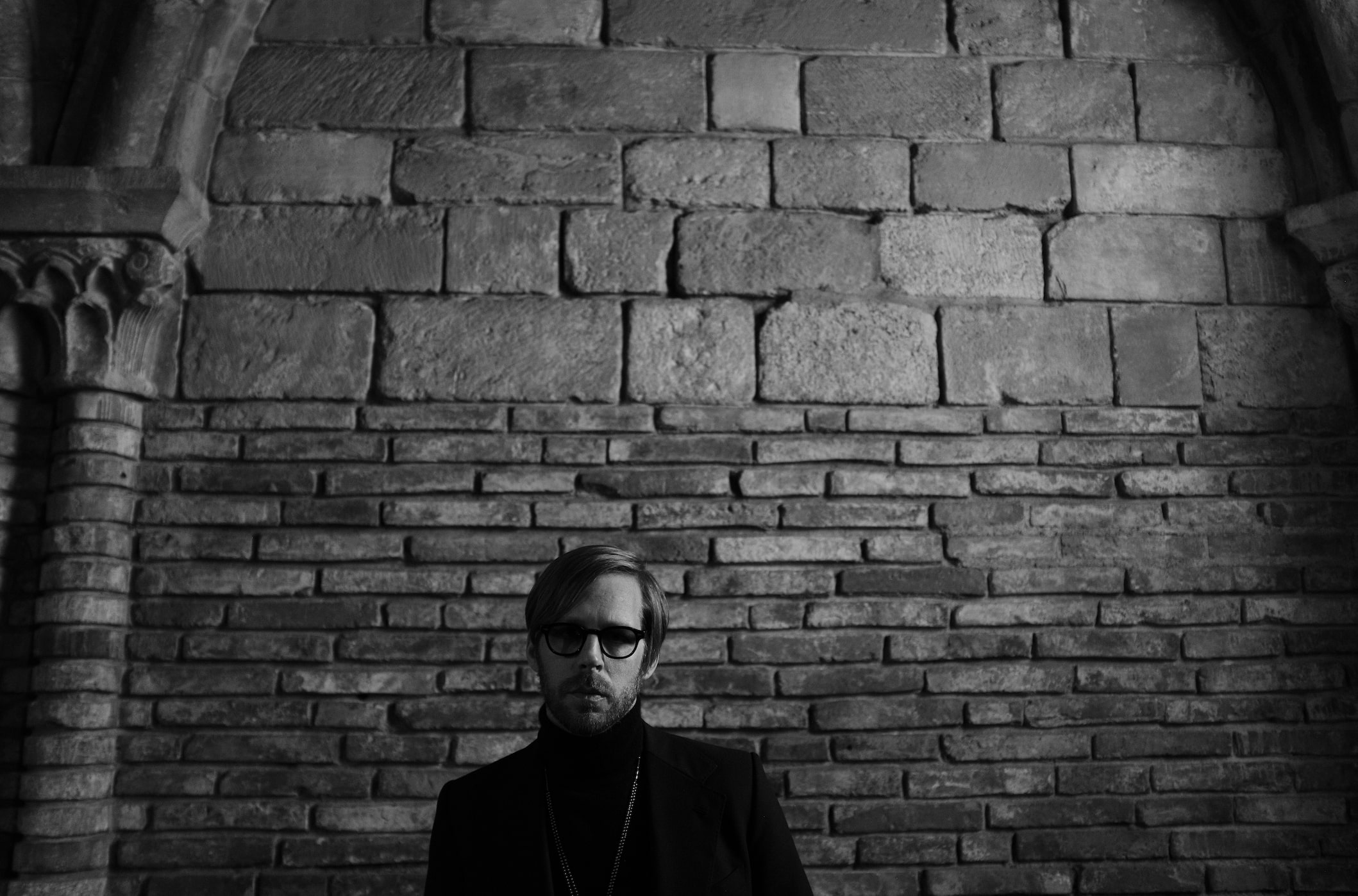
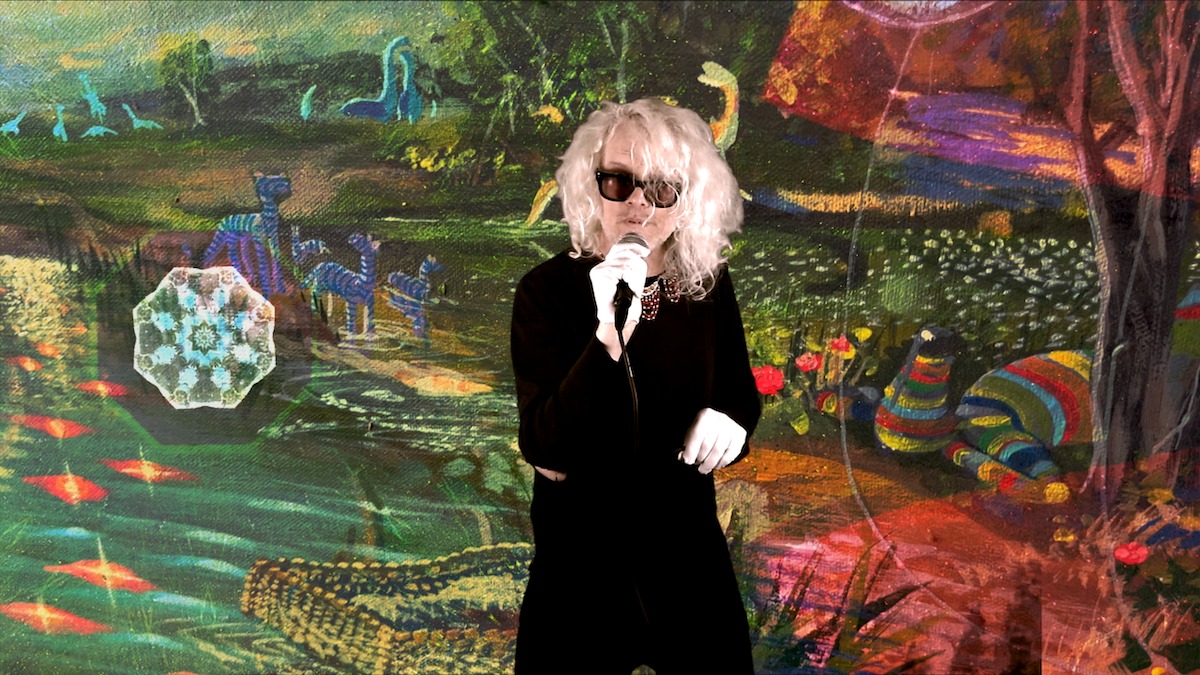
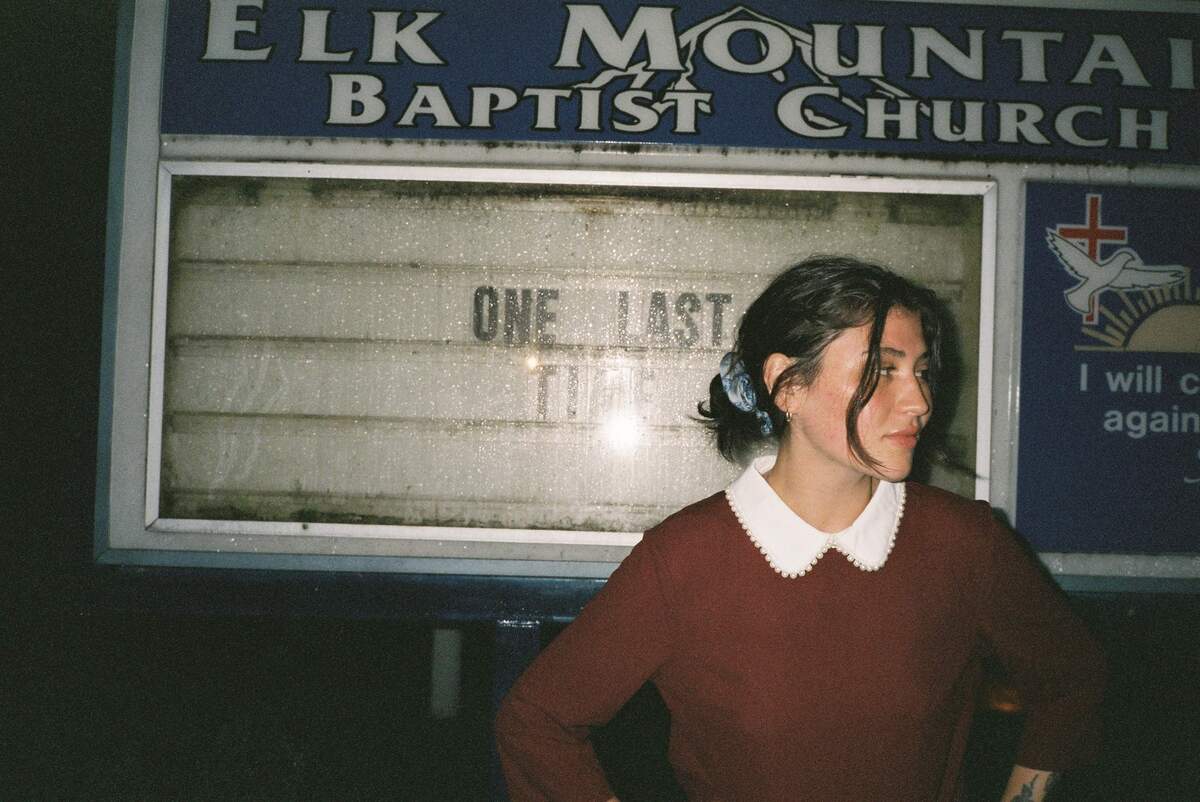
Fascinating stuff. Thanks so much for sharing this x